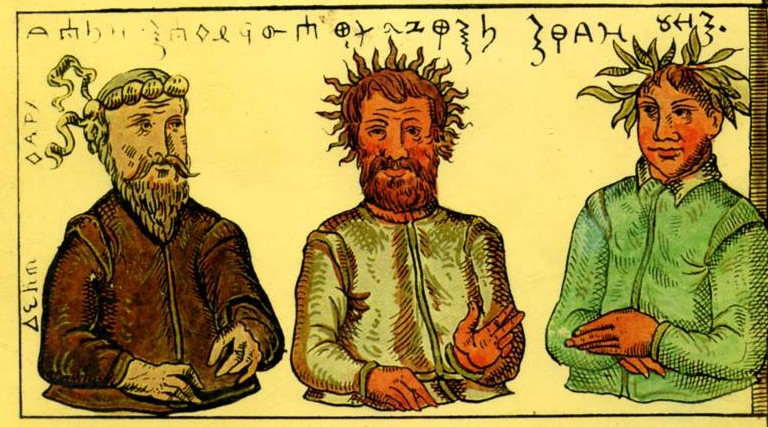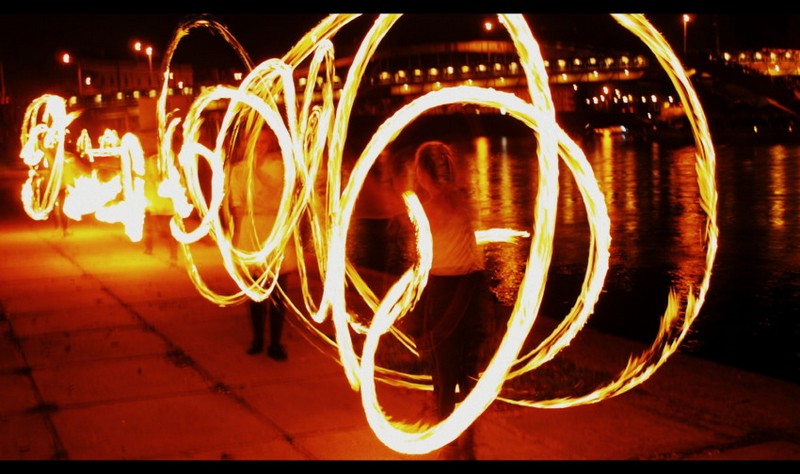
Baltic Mythology was formed by the pagan gods, beliefs and traditions that were popular among the many Baltic tribes that lived in the territories occupied today by Lithuania, Latvia, Estonia, part of Poland and part of the Prussian Germany. Nature is a main element in this mythology, as the gods are often related to natural elements such as the sun, the moon or the forest, and they are usually portrayed as members of the same family, or related by love and friendship. The inner heroism and morality lessons are also important to understand their stories, and it is easy to see the connections and similarities with other pagan religion’s gods, such as the Scandinavian ones or even the Greeks and Romans. We cannot explain everything about this fascinating mythology (that would take several books), but we can surely give you a quick overview of it. Dare to enter into the Baltic gods’ Eden!
Dievas
Also known as Dievs, Deywis or Deivas, this god is the origin and creator of everything that exists. Legend says that he created humans accidentally, as they were born from the little pieces of dirt that fell off his face while he was washing himself. When the era of Christianity came, his name became a synonym for the Christian god, and till today it means god or deity. Some even suggest that the word “Deity” could have come from the name of the all powerful Baltic god. He has a brother, Velnias, who represents his opposite: evil and stupidity.
Perkunas
Dievas may be the supreme god, but Perkunas is definitely the most popular. The thunder god is the one that actually rules the Baltic Sea with the power of his axe, thunders and lightings. As you may have noticed, this god has a remarkable resemblance with the famous Scandinavian god of thunder Thor. He is also known by the names of Perkana, Perkonis, Perkunis, Diviriks or Perun.
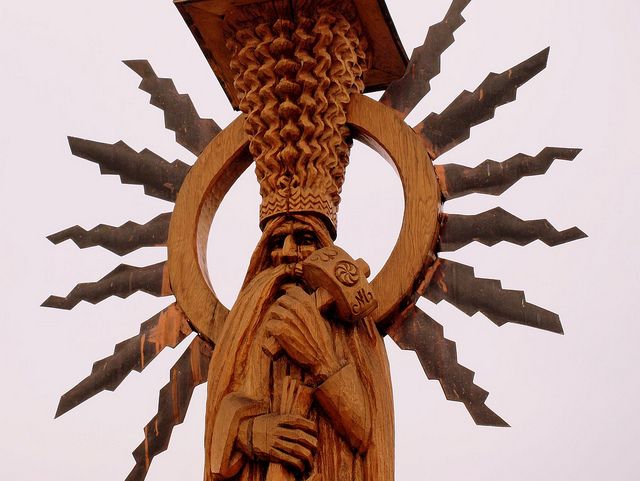
Statue of the thunder god of the Baltics, Perkunas. Photo by Roberto Verzo.
Velnias
Dievas evil brother rules the Underworld of the Baltic countries, but he is not especially smart. This plays in humans’ favor, as it is said that there is a very easy away to prevent him from harming you. If you ever come across Velnias, you can simply shout that Perkunas is behind him. He will look back scared and you can use this extra time to hide behind a tree. Simple as it is, this will trick him every time, as he is terrified of the thunder god.
Milda
Milda is the Baltic goddess of love, courtship, friendship and freedom. She likes to ride around naked, and legend says that a single vision of her is a sign that you are about to fall crazily in love. She is not a great fan of marriage, as she symbolizes the absolute freedom, which has made her therefore hated by many, specially by followers of the Christian religion. She has her own festival every May, and she is portrayed in the top of the Freedom Monument of Riga, carrying three stars in her hands that represent Lithuania, Latvia, and Estonia.
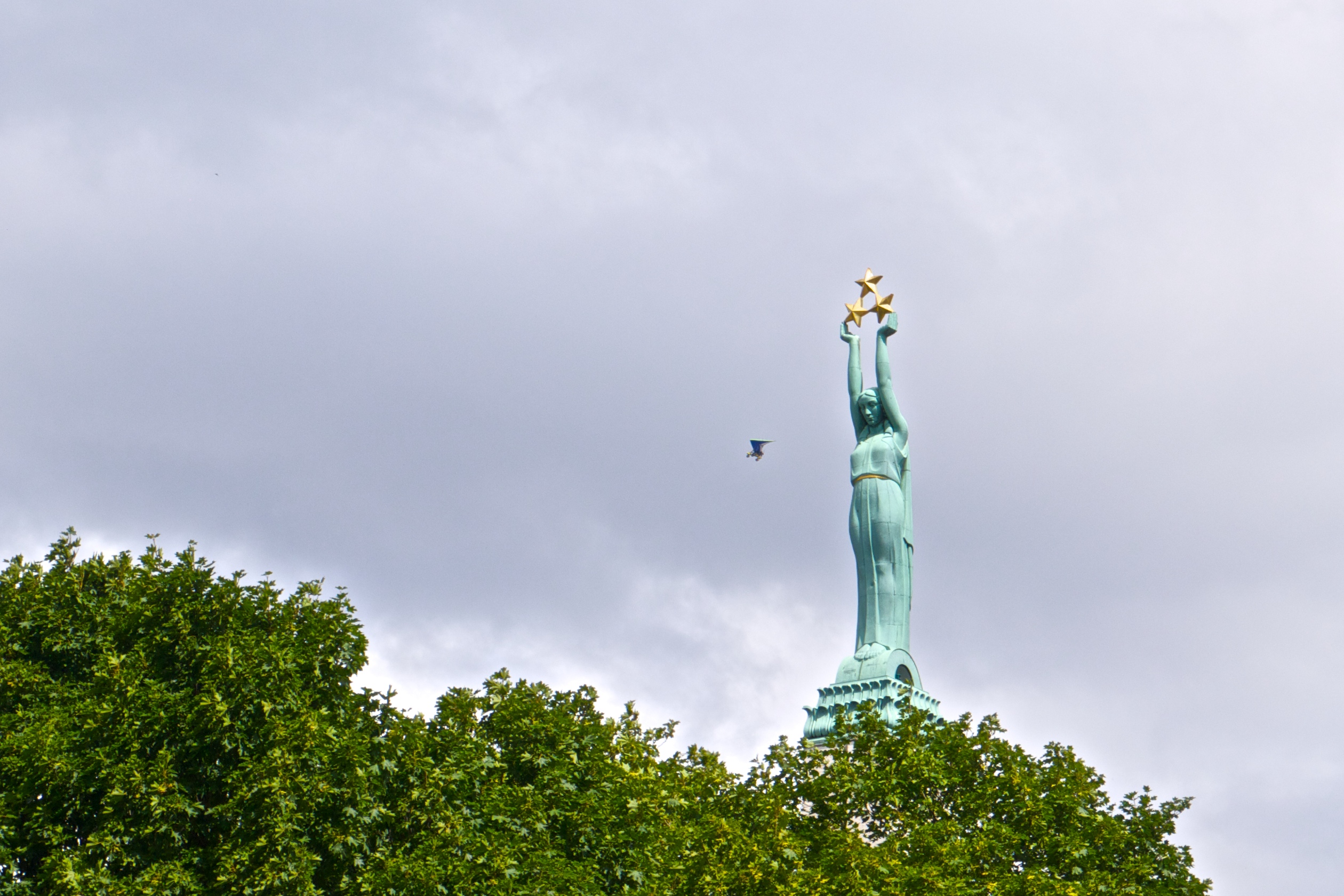
Freedom Monument in Riga, topped by the goddess Milda. Photo by Kārlis Dambrāns.
Medeina
Medeina is the goddess of hunt and the forest. She is a formidable hunter who often appears accompanied by wolves and her mascot, a bounding hare. This figure of the haunting goddess has appeared in several different mythologies, and it is easy to find similarities between Medeina and the Greek goddess of the hunt, Artemis.
Conversion to Christianity
The Baltic countries, which used to be much bigger than today and included several different tribes, stayed as the last pagan nations in Europe for a long time. The conquest of the Baltic tribes began after the Crusades in the Holy Land suffered disastrous setbacks. After the crusaders lost Jerusalem to Saladin in 1187, their eyes were set on the last pagan areas in Europe. Lithuania was the last country in Europe to convert to Christianity from the pagan religion. This took place in 1387, initiated by the King of Poland and Grand Duke of Lithuania Władysław II Jagiełło and his cousin Vytautas. The western part of Lithuania, Samogitia, rejected it and was christianized only in 1413. Only then the whole the European continent was brought under Christian rule.
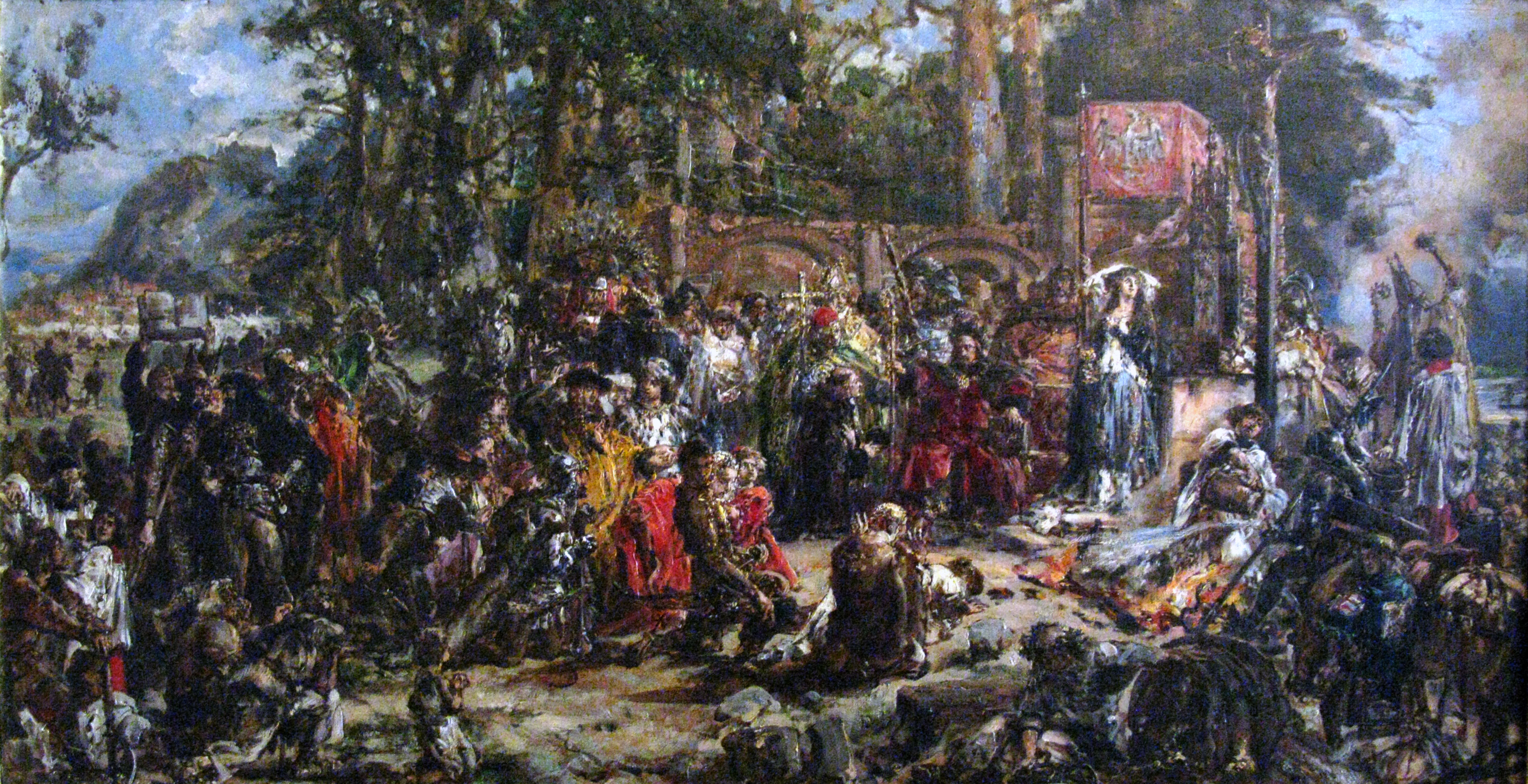
Baptism of Lithuania, painted by Jan Matejko.
Romuva Nowadays
Romuva is the name given to the contemporary continuation of the Baltic pagan religion. It has survived through costumes, traditions and festivals that are still held in many points of the Baltic countries. One of the most popular centers of Romuva is located in Birutė Hill in Palanga (Lithuania), where eleven statues of pagan gods were rebuilt imitating the style of the old days. During the summer and winter solstices, and the spring and autumn equinoxes, pagan festivals are celebrated both in this centers in the hills and inside of the cities. Across the Baltics, you can celebrate the pagan mythology with music, drinks, food, traditional costumes and dances, and have definitively, a great time with all those involved!
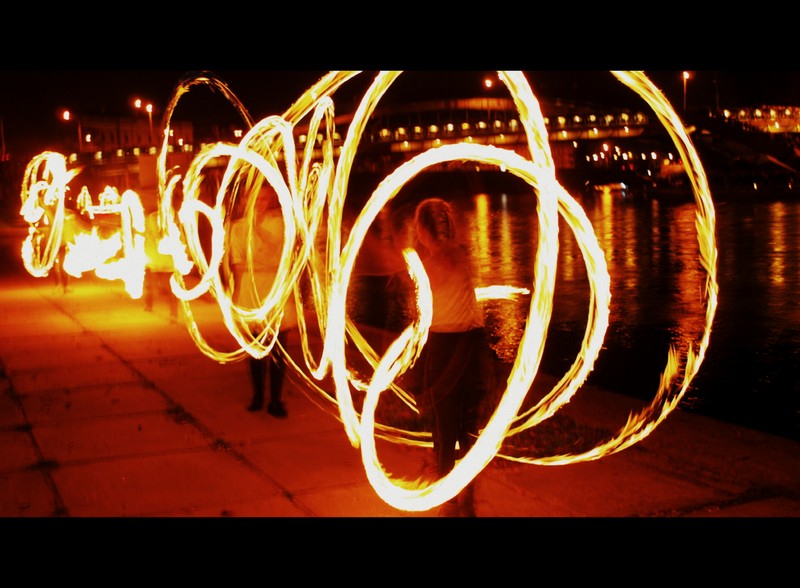
A autumn equinox pagan festival in Vilnius, Lithuania. Photo by Mindaugas Danys.

